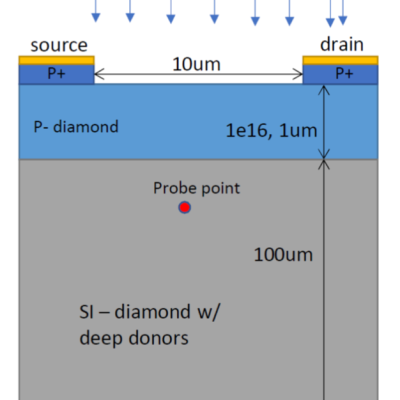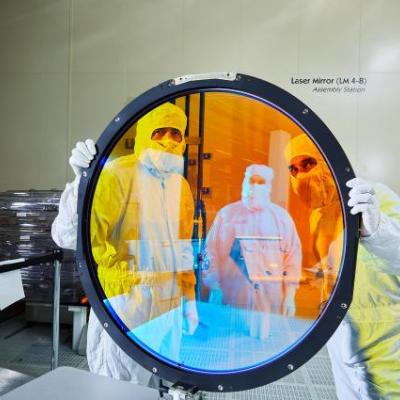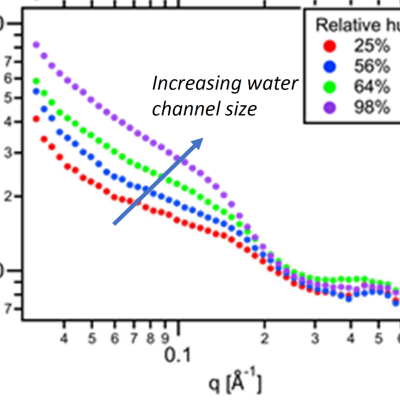LLNL researchers have developed a method to enhance the performance of polyelectrolyte membranes by using a humidity-controlled crosslinking process which can be applied to precisely adjust the water channels of the membrane.
Keywords
- Show all (108)
- Additive Manufacturing (54)
- 3D Printing (8)
- Electric Grid (7)
- Carbon Utilization (6)
- Synthesis and Processing (5)
- Materials for Energy Products (4)
- Direct Air Capture (3)
- Manufacturing Automation (3)
- Microfabrication (3)
- Inertial Fusion Energy (IFE) (2)
- Manufacturing Improvements (2)
- Power Electronics (2)
- Volumetric Additive Manufacturing (2)
- Additively Manufactured (AM) Optics (1)
- Geologic Storage (1)
- Inertial Confinement Fusion (ICF) (1)
- Manufacturing Simulation (1)
- Material Design (1)
- (-) Membranes (1)
- (-) Precision Engineering (1)

LLNL’s novel approach is to use diamond substrates with the desired donor (nitrogen) and acceptor (boron) impurities. In order to optically activate these deep impurities, the invention requires at least one externally or internally integrated light source. The initial exposure to light can set up the desired conduction current, after which the light source could be turned…

The LLNL method for optimizing as built optical designs uses insights from perturbed optical system theory and reformulates perturbation of optical performance in terms of double Zernikes, which can be calculated analytically rather than by tracing thousands of rays. A new theory of compensation is enabled by the use of double Zernikes which allows the performance degradation of a perturbed…


